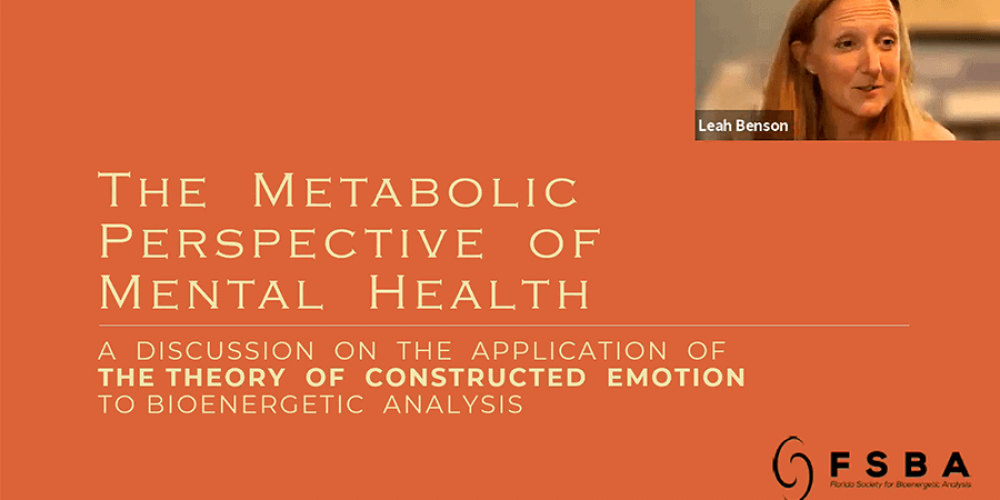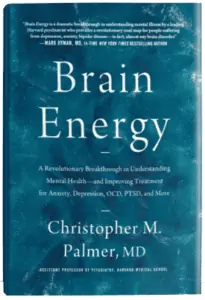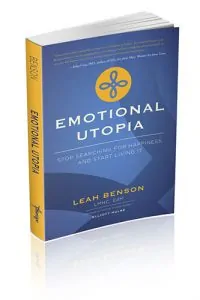A Discussion on the Application of the Theory of Constructed Emotion to Bioenergetic Analysis
hosted by the Florida Society for Bioenergetic Analysis
“It is… to be expected that biopsychiatry will sooner or later succeed in describing human structures and characteristic reactions in terms of “bio-energetic metabolism…” Such an energetic point of view would enable us to handle, finally, “human nature,” not with complicated ideas and experiences, but with simple energy functions, as we are handling the rest of nature.”
~from Character Analysis by Wilhelm Reich, 1933
Above and beyond what body-based psychotherapists have intuitively known about the impact of “bio-energy” on mental health since Reich’s time, scientific data now exists on brain structure and processes that support the metabolic perspective of mental health. This perspective, indeed, enables us to “handle, finally, ‘human nature,’ not with complicated ideas and experiences, but with simple energy functions.”
The beauty of the theory of constructed emotion is that, far from diminishing the value of the Reichian/Bioenergetic concepts of character structure, it clarifies why such categories are useful. Additionally, it clarifies the reasons we sometimes have trouble distinguishing between character structures, clarifies why we typically attempt to “essentialize” these categories, and can allow us to make the categories even more useful in simple but powerful ways as we assist people to build self-awareness, practice grounding and self-expression, and embody the traits of self-possession.
In this talk, I will give a basic outline of the scientific data on brain structure and function that supports the theory of constructed emotion followed by a discussion of how the concepts of Bioenergetic Analysis are supported by this exciting new data.
The way I’ve organized this talk is to break down Reich’s quote and my own statements into a series of nine questions that I will answer, so as to explain and explore the concepts I’ve presented. Then I’d like to do an experiential exercise based on the most basic concept of the constructivist theory of emotion, and finally, open the floor for questions and discussion.
First, I want to say that I find it so cool that recent discoveries about the brain and nervous system not only blur the boundary between what we think of as physical and mental illness but that they also provide the science to support Wilhelm Reich’s intuitive idea as reflected in his wishful and prophetic statement. And to be honest, these discoveries are not THAT recent, but in scientific time, I guess they’re pretty recent. So now, without further ado, I’ll begin answering the nine questions.
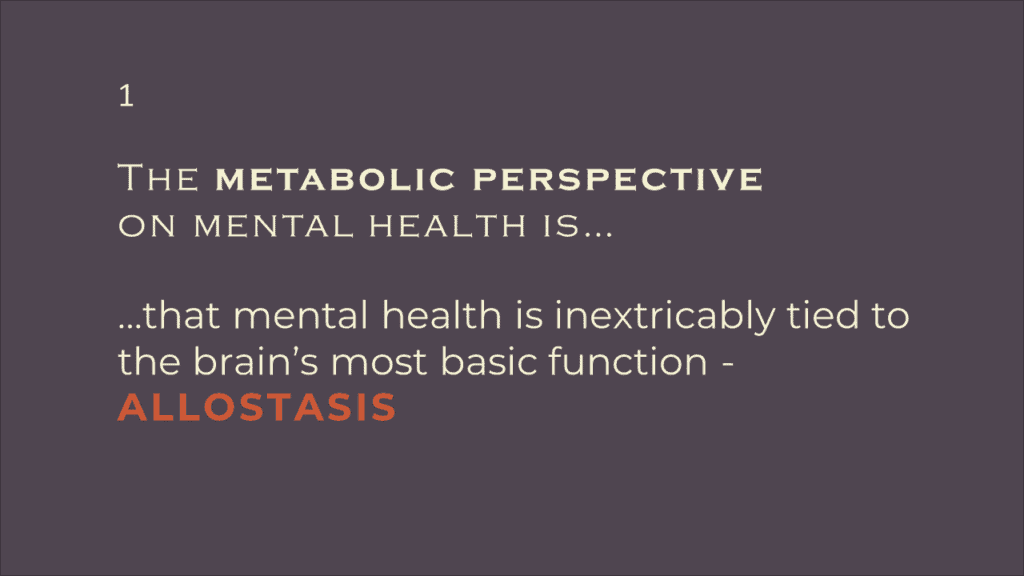
1. What is the metabolic perspective on mental health?
Simply put: The metabolic perspective on mental health says that psychological phenomena arise out of the brain’s processes to drive behavior and movement in the service of energy regulation.
And what that means, basically, is that what’s going on inside of us mentally and emotionally, as Reich prophesied, is actually quite simple and is based on bioenergetic processes.
And that’s because, as I will explain, psychological processes are inextricably tied to the CORE JOB of your brain, which is; not to think, not to create, not to contemplate, or any other of our lofty human pursuits. But to regulate our energy in the most efficient and effective way possible. This process is called allostasis.
In other words, the core function of our brain is to keep us alive. That’s it. And nothing else from a foundational biological perspective. Keeping you alive is your brain’s job and what “brains” developed for evolutionarily. That’s it.
So, again, very simply, the metabolic perspective of mental health is that mental health is inextricably tied to the brain’s most basic function of regulating our body’s various systems to keep us alive; allostasis. Everything else it does is in the service of that goal. Including the subjective experiences we have of our mental and emotional selves; like thinking, feeling, creating, contemplating, and perhaps even being conscious.
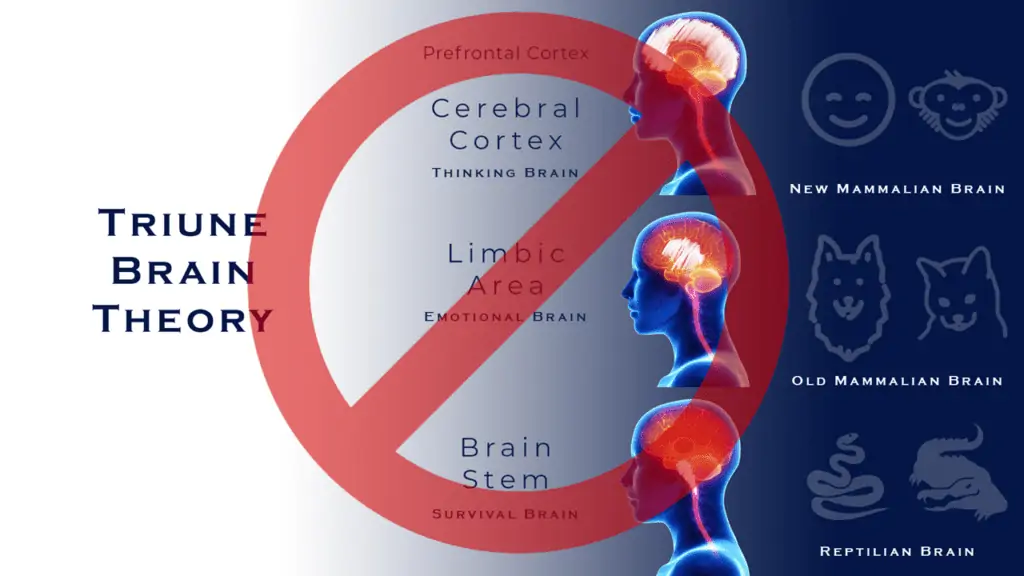
2. What is the theory of constructed emotion?
Well, moving on from the foundational idea that your brain’s core function is to keep you alive, now we branch into one of the things that the brain does in the interest of keeping us alive AND that interests us in psychology.
Which is, according to this well-supported theory, that our brains CONSTRUCT concepts. And emotions are one type of concept that our brains construct, which I’ll elaborate on later.
But first, something that’s really important in this theory of constructed emotion is that it is very different from what we’ve been taught since brain science filtered into psychology starting in the 1990s. And that is, your brain is ONE THING. It’s a SINGLE NETWORK. It’s not a brain that has “sections” that do certain things. And it’s not a triune brain. In fact, it turns out that the triune brain thing is actually a myth and not at all how our brain works or how it developed evolutionarily. That whole “layers” theory has been debunked.
And there’s a LOT of scientific research that backs that up that we’re not going to get into. But if you’re interested, check out the book, “How Emotions are Made: The Secret Life of the Brain” by Dr. Lisa Feldman Barrett. Everything is explained there and in the papers that this book references.
So, as I was saying, it turns out that our brain is just ONE whole brain. And all the functions, from sensory to cognitive, to motor, to emotional are WHOLE brain processes. They’re not processes that happen in some “section” of the brain. For example, there’s no NEOcortex; meaning new cortex. It’s not new… it’s just a cortex. And that cortex is not our RATIONAL brain because there’s no such thing as a rational section of the brain nor an emotional section of the brain.
As I mentioned, emotions are concepts or ideas. Ideas that our brain conjures up in a particular context, based on our past experience that it thinks will help us address the situation we are in, in the most efficient way.
But all that aside, the important thing you need to know for what we’re talking about today is that the theory of constructed emotion is a way of looking at emotions as a completely separate thing from the sensations in your body.
In other words, emotions are not specific things in your body or in your brain. You can’t assume to “see” them on someone’s face nor in their body. And you can’t see a specific one in anybody’s brain scan either. Because that’s not how our brains work.
These statements and the scientific research that backs them up are all in the book called, How Emotions Are Made: The Secret Life of the Brain by Lisa Feldman Barrett.
The bottom line is this; emotions are meanings assigned to the combination of sense-data inside your body, sense-data from outside the body, and past experience.
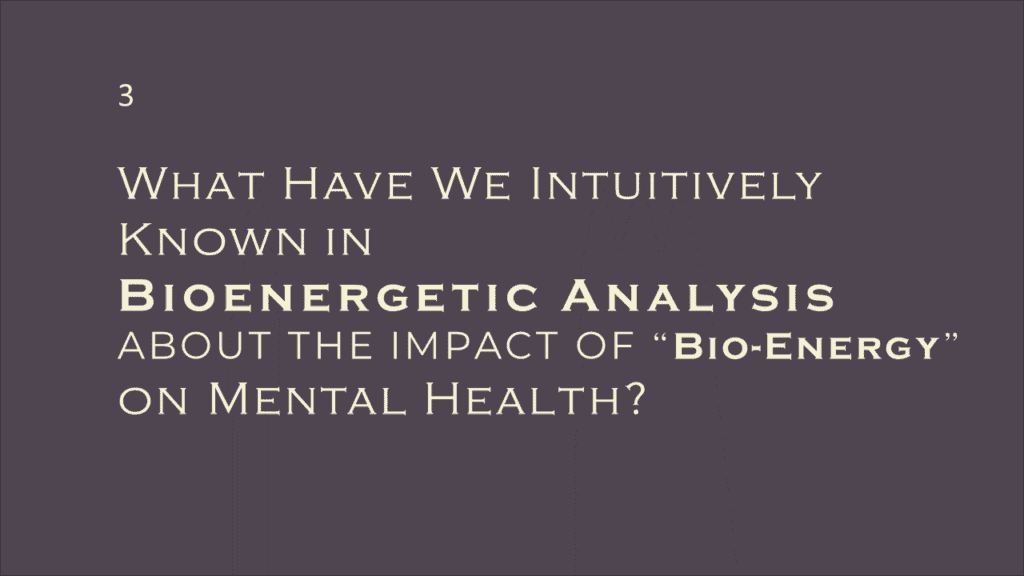
3. What have we intuitively known in bioenergetic analysis about the impact of “bio-energy” on mental health?
This question kind of answers itself because we’ve known all along that it’s about bioenergy. Reich was very intently focused on what was going on in the body; sensations and breathing. Rather than the emotional stories of his patients. Because he thought of emotions as a rabbit hole that would distract from the main goal of helping a person gain the orgastic potency he was focused on.
And Dr. Alexander Lowen quite frequently talked about depression being a diminished metabolic fire.
So, even without the current science of brain function supporting a metabolic basis for mental health, bioenergetics was observing the obvious, which is now supported by the data.
Mental disorders are metabolic disorders of the brain. This is the summary of the latest clinical research from Harvard Medical School which Dr. Christopher Palmer sums up in his book, Brain Energy.
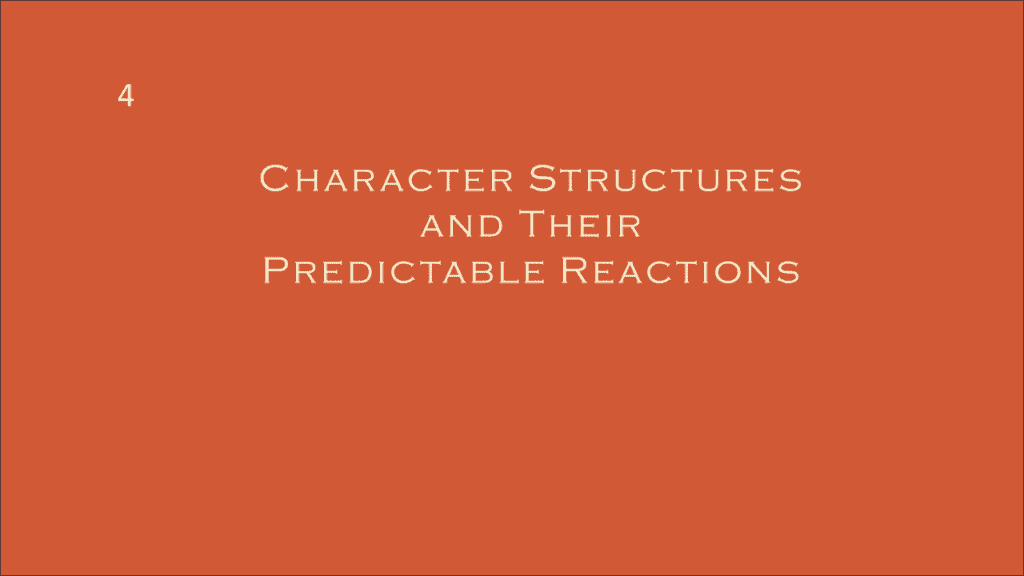
4. What are the “human structures” and “characteristic reactions” that Reich was referring to when he prophesied “biopsychiatry” as one day being able to be described in terms of “bio-energetic metabolism?” What are they in bioenergetics? What are they from the metabolic perspective of mental health?
I’m going to go with what I imagine. That is, he meant the character structures he developed and their predictable reactions.
And so, as we dig into this metabolic perspective on mental health, we will see just how character structure fits in.
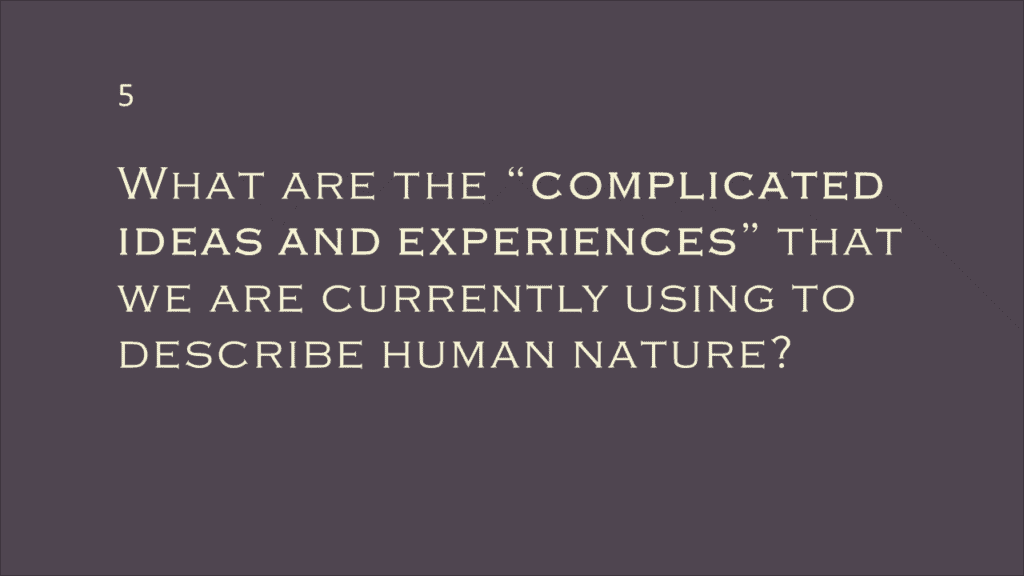
5. What are the “complicated ideas and experiences” that we are currently using to describe “human nature?”
The list is long and varied.
And it probably goes back to the dawn of self-consciousness in humans.
A very popular one that goes pretty far back is the idea of a rational mind and an emotional mind.
And given that Reich was a star student of Freud’s, I’m sure he was referring to the theories posited by the psychoanalytic community at the time, including his own contributions. And perhaps many of the understandings that had come before.
If you have studied any of them, you know they are all complicated. And none of them help us understand human nature simply, as Reich hoped for in his statement. They just get more and more convoluted the deeper we get into the details. In fact, even the concept of a “triune brain” with its notions of evolutionary layers of the reptilian brain, emotional brain, and a rational human brain being actual “things” in our skull is a complication.
Additionally complicated are the ideas of an animal nature that we have to tame. Because none of these things line up with the most recent decades of data that reveal how our brains actually work, how emotions are actually made, or the simple elegance of human nature as revealed by the metabolic perspective of mental health.

6. How does the metabolic perspective of mental health explain human nature with simple energy functions instead?
This question brings us back to the basics of the core function of the brain and the constructivist theory of emotion that supports it.
You have a basic energy level, and you have a valence scale of pleasant to unpleasant. And that’s it!
Everything else is a construct that can be modified and deconstructed for the purpose of improving mental and emotional functioning at any time we choose.
Because every single construct is simply a “reality” created in a social and or cultural context that can be changed so long as you want it to. Or so long as you can tolerate being at odds with social consensus.
In other words, if it helps you function better in life, you can RECONSTRUCT your concepts.
In a nutshell, that’s how the metabolic perspective of mental health explains human nature with simple energy functions instead of complicated ideas.
This is not to say that our social constructs are not complicated, because, boy are they!
But human nature is not.
And that’s what makes this perspective so valuable.
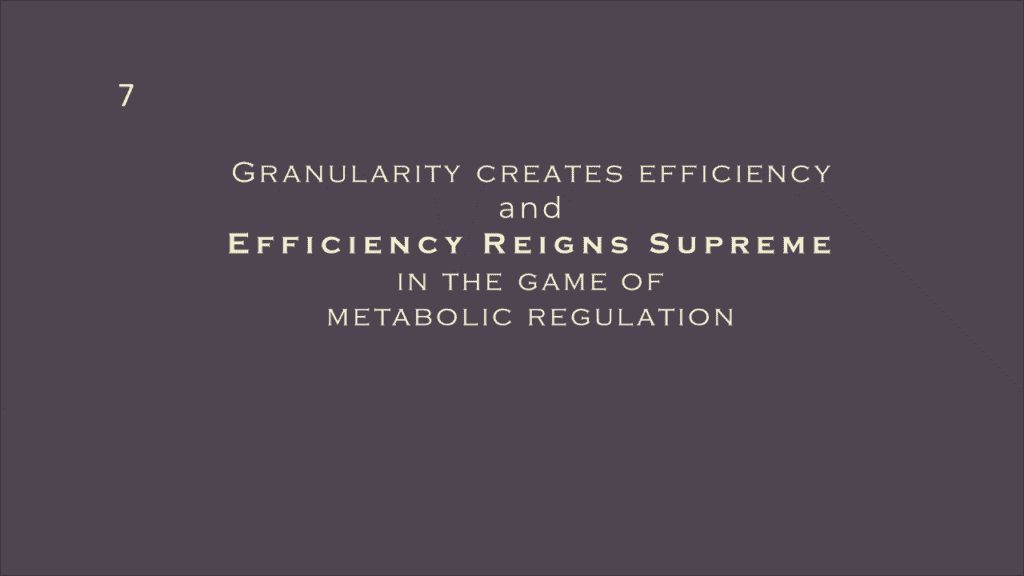
7. From the point of view of the theory of constructed emotion, what is the value of the categories of character structure and what is their place in the metabolic perspective of mental health?
One of the most important facets of the constructivist theory of emotion is that concepts and categories are crucial to our brain’s main function, which is to regulate our energy and keep us alive; allostasis.
And character structures, being concepts and categories that help us understand ourselves and others, go a long way toward giving our brain shortcuts.
And shortcuts are critical to helping us regulate our energy and stay alive.
Shortcuts help us create a more granular understanding of our world; i.e. aspects of ourselves and the relationships we have.
Because when you break it down to energy regulation and staying alive, granularity creates efficiency. And efficiency reigns supreme in the game of metabolic regulation.
On top of that, having “high granularity” of emotion concepts is another way to understand what has been termed emotional intelligence in the past.
This is valuable because it helps us manage our metabolic resources efficiently. And it helps us get along better with people.
The concepts of character structure provide an excellent way of understanding and communicating a MASSIVE amount of information about a person in an extremely efficient way. And so, even though it takes a LOT of energy to learn the categories initially, that expenditure is worthwhile. Because in the future, our job of understanding some fundamental things about how a person deals with the world, and how to help them, is MUCH MUCH easier.
This does not mean we can make assumptions!
Because we always have to verify our guesses.
But it does mean that we are WAY ahead of the game in our goal of helping people. And that’s what it’s all about in bioenergetic analysis.
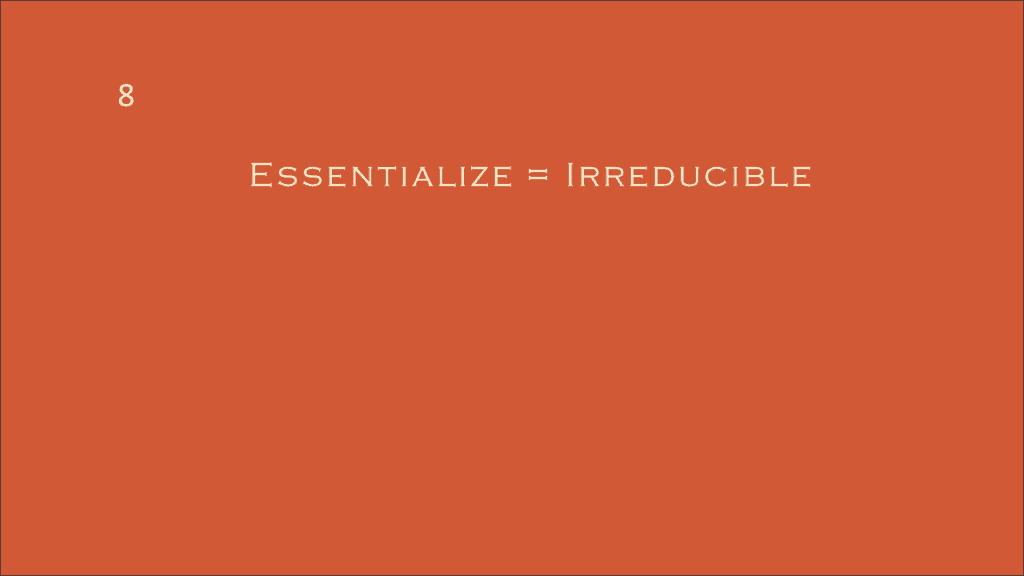
8. How does the theory of constructed emotion help us understand why we sometimes have trouble distinguishing between the character structures?
In a nutshell, it’s because we like to essentialize things.
Meaning, we like to make them irreducible.
Break them down into their smallest parts.
We also try to essentialize concepts; including emotions. As if they can be “found” somewhere as an essential, findable thing that cannot be reduced. For instance, found in a facial expression, or in specific patterns in the brain.
And we do that because… you guessed it, it’s metabolically efficient! Even if it makes us WRONG a LOT of the time.
Character structure, being a set of conceptual categories, is no different.
Like an emotion, a character structure is not a SINGLE thing.
It’s a population of instances. And what is a population of instances?
Well, it’s the reality that there is no ONE PERFECT EXAMPLE of say, an emotion or a character structure. On the contrary, there is always variation. This idea actually comes from Darwin’s observations of animal population variability. There is always variation in an instance of an individual in a population. None are exactly the same. Consequently, like animals of a particular population or instances of emotion; no instance of a character structure is exactly the same.
Because the contexts within which the character armor of one person developed is never exactly the same as the context within which another person’s developed. And the physical capabilities one person had during a particular developmental phase were not the same as everyone else had. And on top of that, there’s the fact that different people would likely have picked different physical strategies than other people as they defended against the environmental attack.
So, the patterns of armoring are always slightly different.
And again, variation is always the norm.
So even though there is enough similarity that we recognize patterns across people that we can call them a population of instances that fall into one category, they are never exactly the same.
This is the pitfall of our tendency to essentialize.
We want all instances to match a prototype we’ve learned.
But a prototype is simply a statistical summary of ALL the possible instances that fall into a category. As a result, an essential prototype will never actually exist, even though we want it to. And I think you probably have a sense of this because of the work we’ve done over the years in body reading. It’s never a sure thing.
Thankfully, what we gain from the theory of constructed emotion is the understanding of why we want clear categories. And how, by understanding this, we avoid simplifying “who people are” with our tendency to essentialize. That’s important because people are people, not character structures. The boundaries between what we see in a body as schizoid or oral, or masochistic or psychopathic, can be very blurry.
Because variation is the norm.

9. How does the theory of constructed emotion help us to make the categories of character structure even more useful in simple but powerful ways?
With character structure being a powerful concept and a huge reason why bioenergetics is such an effective therapy, how can the theory of constructed emotion possibly make character structure even more useful?
Well, in my opinion, it makes it more accessible and less stigmatizing.
More accessible because no character is an “essential” thing we’re supposed to see and find in a body. But rather, a prototype of a population of instances of how people typically manage their energy.
Additionally, character structure is a concept that gives us shorthand in understanding and communicating that information to others.
And anything that we can do to make character structure less stigmatizing is valuable. Because let’s be honest, the words are stigmatizing. People don’t want to own their schizoid, oral, masochist, psychopathic, and rigid characters.
They just don’t.
Even people in bioenergetic training programs. I watched it in my own training. And I still see it now with veteran bioenergetic therapists labeling people with character structures as though they were astrological signs. It’s kind of ridiculous and totally unnecessary.
Because if we look at character structure from the basic metabolic viewpoint of mental health, psychological phenomena arise out of the brain’s processes to drive behavior and movement in the service of energy regulation, we take the stigma out of the character structure altogether.
Character structures are the visible evidence of noble attempts of a child to regulate the body’s energy during particular developmental phases. Instead of shameful categories that conjure a sense that something is essentially “wrong” with us.
Seeing character structure as scaffolding that can be removed methodically as opposed to defective rebar that requires invasive demolition, is empowering in the process of helping ourselves and others gain the self-possession we’re after.
And again, that’s what it’s all about.

Now that we’ve broken that down, I’d like to introduce you to a tool I’ve created based on the theory of constructed emotion called the Mood and Emotion Tracker.
I want to give you a chance to see how I’ve taken the concepts of this theory and put them to use in my practice.
I created this tool and started using it with patients because even for those who won’t get off the couch, it is a fantastic way to get their minds around the concept of feelings vs. emotions.
Because if you can get those two things separate in people’s minds, you really put them in charge of themselves in a way that hasn’t been possible before.
Additionally, you give people who don’t have a big emotion-word vocabulary a chance to start applying awareness, in a way that they haven’t been able to do in the past, without requiring them to agree with the idea that they are having any particular emotion.
They just have to be able to recognize their energy level and whether they feel pleasant or unpleasant.
And from there we can start to apply the notion of emotion concepts to certain intense mood states, and then decide if those are the most effective emotion concepts in any particular context.
And it goes on from there.
It’s so great because no one has to agree on an emotion concept, we just have to be able to notice our energy level and valence.
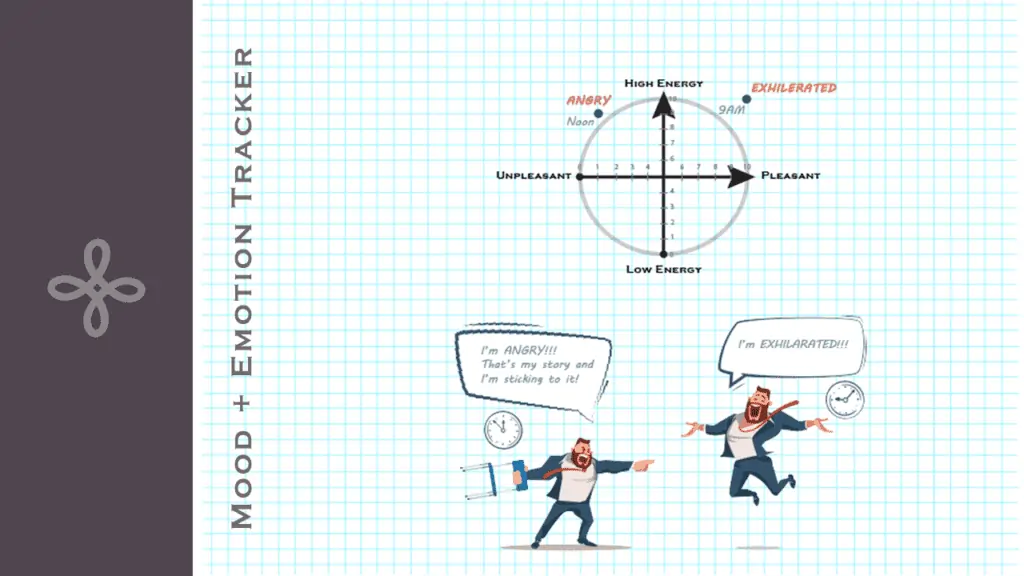
In conclusion, I would like to reread Reich’s quote from 1933:
“It is… to be expected that biopsychiatry will sooner or later succeed in describing human structures and characteristic reactions in terms of “bio-energetic metabolism…” Such an energetic point of view would enable us to handle, finally, “human nature,” not with complicated ideas and experiences, but with simple energy functions, as we are handling the rest of nature.”
~from Character Analysis by Wilhelm Reich, 1933


